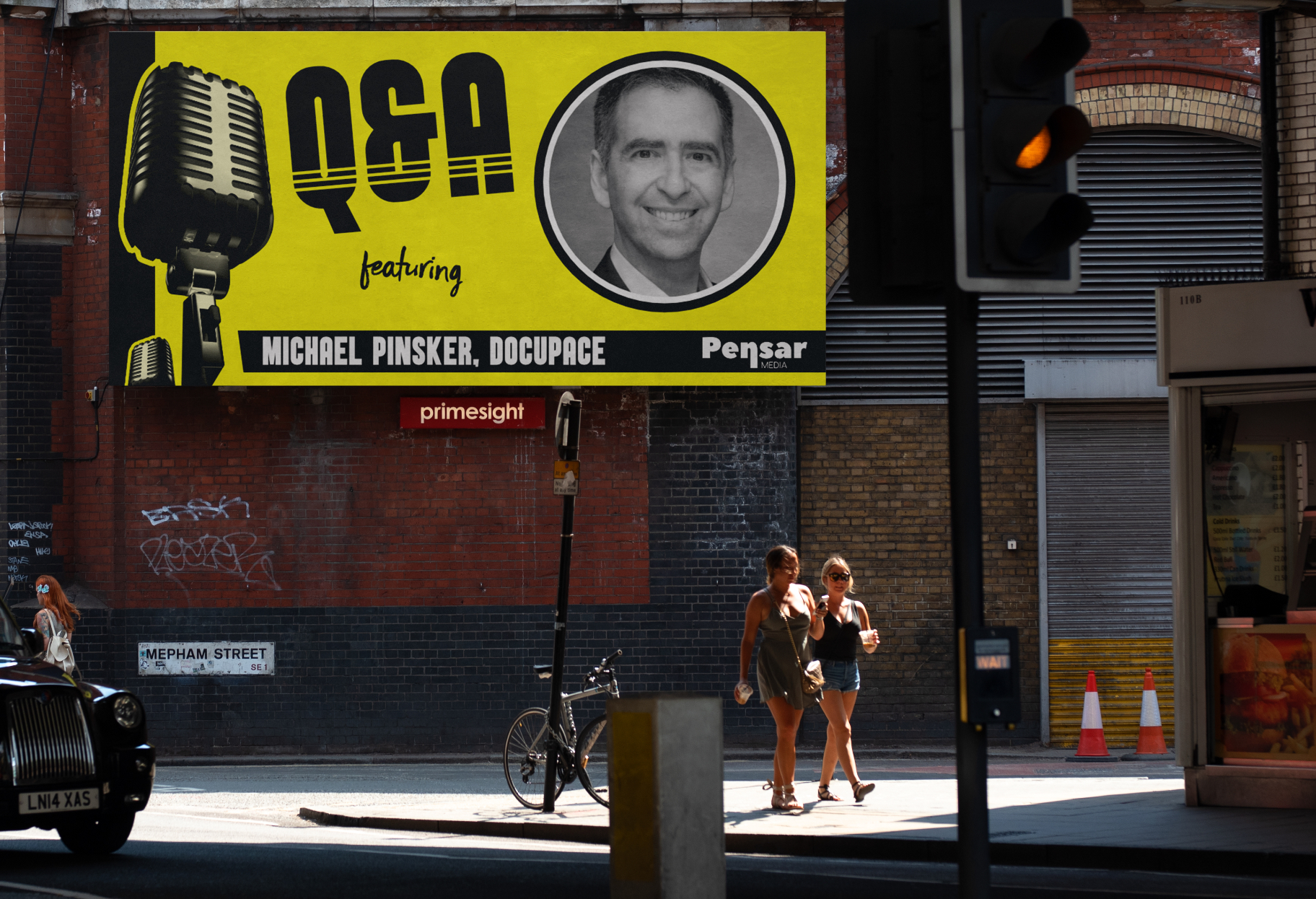Welcome to part five of our Q&A mini-series with some of the experts we interviewed in our recent Future of Banking Report.
TOM RENWICK, BUSINESS BANKING PROPOSITIONS MANAGER, ATOM BANK

In what ways are retail banking customers being underserved today and what is Atom Bank doing differently?
TR: Traditional banks have taken their customer base for granted. The lack of competition following increased market concentration in the aftermath of the 2008 financial crisis has seen them rest on their laurels, with limited incentives to improve the value and quality of service that they offer to customers. Our approach to providing financial services is incredibly straightforward: Atom offers a better customer experience, greater convenience and at a better price. At Atom, we are creating a customer-oriented culture. We have a relentless focus on providing exceptional customer experiences. We are the most trusted bank in the UK with a 5-star TrustPilot rating and are immensely proud of our customer Net Promoter Score of +74. By leveraging our next-generation banking platform, we are also able to achieve market-leading servicing efficiency. We have had a customer’s mortgage go from full application to offer in 14 seconds—versus an industry benchmark measured in weeks. Our mortgage processing is already 5x more efficient than traditional retail banks. It might not be glamorous to say so, but banking is an industry where price matters. And it’s through investment in technology, keeping our costs low, that we can pass benefits onto our customers.
How will traditional high street banks need to change their business models in future to compete?
TR: The digital revolution in banking has mirrored a more general trend towards online services. Consumer expectations of digital banking have been shaped by their everyday interactions with companies such as Netflix, Spotify and Amazon. But in the case of traditional high street banks, that digital experience is falling short. To date, traditional banks' investments in technology have largely been focused on ‘beautifying’ front-end user interfaces, reflecting their response to changing customer behaviour and the competitive pressures from new entrants such as Atom, Monzo and Starling. But that’s not enough. To facilitate genuine product innovation and drive efficiencies across the whole organisation, high street banks need to make meaningful investments in infrastructure. Many traditional banks are held back by the weight of complicated legacy platforms and technology often spanning decades. It’s unbelievably challenging for them to move with any sort of agility to keep up with new entrants. In that regard, it’s likely that we will see the launch of several greenfield digital-only, standalone banks launched by incumbent players. Traditional banks, like RBS with their Bó offering, are recognising that it could be easier to start again and launch a brand new brand, built on a new technology stack. On branches, there is no doubt that for some customers face-to-face interactions remain important—it is certainly too early to herald the death of the branch; they are likely to be a feature of UK banking for some time.
What are the main hurdles for challenger banks to win greater market share from traditional high street banks?
TR: Overcoming apathy. In the current account market over the last five years, despite quality and price gains from switching, market shares have remained broadly stable. Customer engagement is low; roughly a third of customers have been with their primary current account provider for 20 years or more. Many consumers have concluded that they are all the same and it is not worth shopping around or switching to a new one. It is up to challenger banks to bring differentiation and innovation to the market and demonstrate that financial services can be more than utilities.
In what ways will Open Banking change the retail banking landscape?
TR: Open Banking represents the first real attempt to use technology to rebalance markets in favour of consumers. Traditional banks have sat on this data for decades, having made little attempt to make it meaningful for customers. The opening up of transactional data is likely to lead to increased competition and facilitate new customer propositions from challengers, fintechs and almost certainly ‘Big Tech’. Open Banking will curtail traditional banks' privileged access to customer data, facilitating the growth of a diverse intermediary sector, with the ability and incentive to help customers obtain better terms from their current providers or switch to new products or providers which offer better value. Open Banking is likely to challenge existing competitive advantages associated with information asymmetry between borrowers and lenders. Improved access to customer data may ultimately lead to the unbundling of products that are typically sold together by providers at present, such as overdrafts and current accounts—upending traditional current account economics. The ability for banks to cross-subsidise loss-leaders through high-margin cross-sales and back-book pricing will be curtailed. It is, however, far too early to assess the impact of the initiative. Very few banks have completed implementation and of those that have, the execution is often inadequate. In the long term, Open Banking and the API economy has the potential to facilitate a radical transformation of the retail banking sector, one that changes the dynamics and associated business model of the UK retail banking landscape. But the period over which that takes place is uncertain.
What will personal banking look like in the future and what role will technology play in that?
TR: In short: personalised, in-the-moment solutions more closely integrated into day-to-day life, and underpinned by an AI that looks after your financial wellbeing and optimises financial decisions in support of your goals.
Click here to download the full report.





